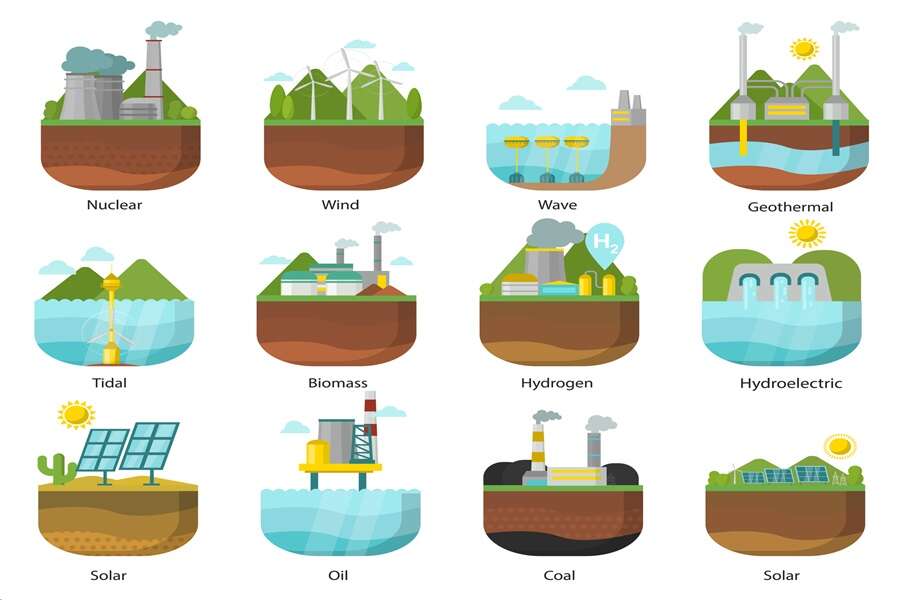The average well cared for solar PV system has a 20–25-year life if it is installed to the recommended best practices and does not see hail, major hurricanes, or other extreme weather during that time.
Wind turbines have a 30-year life if they are well maintained, and the blades are not subject to undo stresses. Some of the early short blade turbines have operated for 40 years.
In the news are stories of wrecked solar PV farms, wind turbines with issues in the gear box, and other issues. No one has a global tracking and reporting system that provides a comprehensive set of data on when solar and wind don’t complete their expected life cycle. It would be good if one was created, so we know what to expect from a highly renewable future.
Nuclear power plants are now starting to be licensed to the 80-year point in their lifecycle and the Nuclear Regulatory Commission (NRC) expects that many of them can be licensed to operate for 100 years.
Some of the coal plants being forced to retire are already 80 years old, and with the maintenance many have received could operate to 100 years easily.
This is a major portion of what LCOE and LCOC miss in their analysis. To compete with the cost of a nuclear plant, you need 4-5 sets of solar, and 3-4 sets of wind turbines. Lazard and others only look at the first set, not the subsequent replacement needs.
Vogtle was an extremely expensive power plant, but when you compare it to 80 years of solar, including operating, fuel, and maintenance costs, over the lifecycle, is cheaper than solar plus storage. Depending on the analysis, it is up to 3 times cheaper than solar plus storage if you consider replacing both the solar and the storage over an 80-year life. Coal has external costs that have never been internalized, but should be.
We tend as a society to only look at the “now” costs, not the total cost of a decision.
Should we only look at short term costs, only the direct costs, or should we actually look at total lifecycle costs and impacts?











